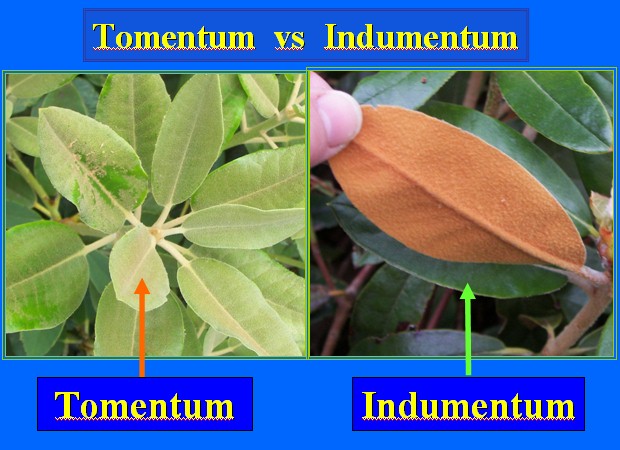We attended the Antigonish Garden Club meeting last Monday to give a talk on Rhododendrons and Azaleas. We presented some of the varieties of both that are currently available to Atlantic gardeners, and added some information regarding cultural techniques.
Here are some of the salient features of the presentation taken as screen shots from Power Point. Look for several links to external images and for information files.

We presented several examples of rhododendrons that are early bloomers. One of the most common being 'PJM'.
We also introduced the species R. mucronulatum as the earliest bloomer (about the first of May most years). This semi-deciduous species is not readily available commercially, but we have grown many from seed over the years. They need a bit of publicity to become better known. They bloom in shades of pink/ mauve/purply shades as well as white.
This plant behaves much like a deciduous azalea, but is indeed a rhodie. The white version reminds one of a cloud of butterflies.
some of the other early bloomers mentioned included 'April Rose', 'Manitau', 'Ramapo', and 'Sue Gunn'.
Among the mid-late season bloomers presented were a mix of seedlings grown here and named varieties. One of those is affectionately known as "Sproeten".
"Sproeten" has a sister that we deem even more attrative. We have dubbed her "Ruby Lemon".
We have grown many seed lots over the years where the hybridizer aimed for yellow. This has been a bit of an elusive goal in many instances, especially for plants fully hardy in our zone. For a few more samples of seedlings have a look at this post.
Also of interest are the newer varieties of Finnish Hybrids that have become available in recent years.
Three of the most popular are below. To see a list of some available rhododendrons and azaleas here in Atlantic Canada follow the link.The list is a guideline and is in no way complete. Varieties will vary year to year and nursery to nursery.

No discussion of rhododendrons grown here would be complete without some mention of some late-blooming varieties. These include several of the so-called "Ironclads", which have been a staple in gardens for many years.
Our personal favourite is the late blooming R. maximum hybrid 'Red River'. It blooms in July well after the majority of others have finished.
Since foliage is an important factor in rhododendron culture, we thought it important to point out some features.
Foliage is especially interesting at the "new growth" stage in spring and early summer.
Many types of rhododendrons exhibit foliage features associated with indumentum.This is a wooly feature on the underside of the leaf and sometimes on flower buds. It will usually persist for the life of the leaf. The leaf below left is from R. bureauvii.
Some species and hybrids also have a fuzzy coating on the new growth leaf surfaces called tomentum. It can be in shades of silvery gray to cinnamon. It will gradually wear away in the months to come. The image on the left below exhibits the "tomentum" on a R. pachysanthum hybrid.
Selecting plants that exhibit these features has been a goal of hybridizers over the years.
R. yakushimanum is the most prominent "donor" of such characteristics.
A few examples of "yak hybrids" are included below.
AZALEAS are just as popular here in our garden as rhododendrons and for the majority of gardeners a bit easier to manage. We often like to say they are a bit "idiot-proof"! This plant below is a pretty, fragrant azalea and is the first to bloom every year. It was grown from seed several years ago, but we have no idea of its origins. It also seems reluctant to set seed, so we haven't been able to get more. Some layering or cuttings will have to be attempted.
A few Azalea virtues.
Here are few examples of "variety"
The two examples above are just two of many.
Nurseries all over our area will have quite reasonable selections of this group of azaleas.You might like to check this article by Todd Boland.No discussion of azaleas could omit our favourite....that being 'Homebush'. This is one of the most highly rated azaleas of all time and after many years of being difficult to find is now quite readily available.
It's distinctive ball-shaped truss and vigorous habit, make it a standout plant here in our garden.
Included in the presentation was some discussion regarding successful cultivation of both Rhododendrons and Azaleas.
A brief overview is below.
Everyone was given a reprint of the "bible" of Growing Rhododendrons in Atlantic Canada. All the information contained therein can be accessed from the Atlantic Rhododendron & Horticultural Soc website. Click the various links on the main page.
Thus endeth the lesson!



































1 comment:
Hey, really beautiful blog. They should not grow here, because I've never seen one. I really should leave the area because I love culture. The pink flowers are stunning. good work. keep it up!!
Rhododendron Azalea Varieties
Post a Comment